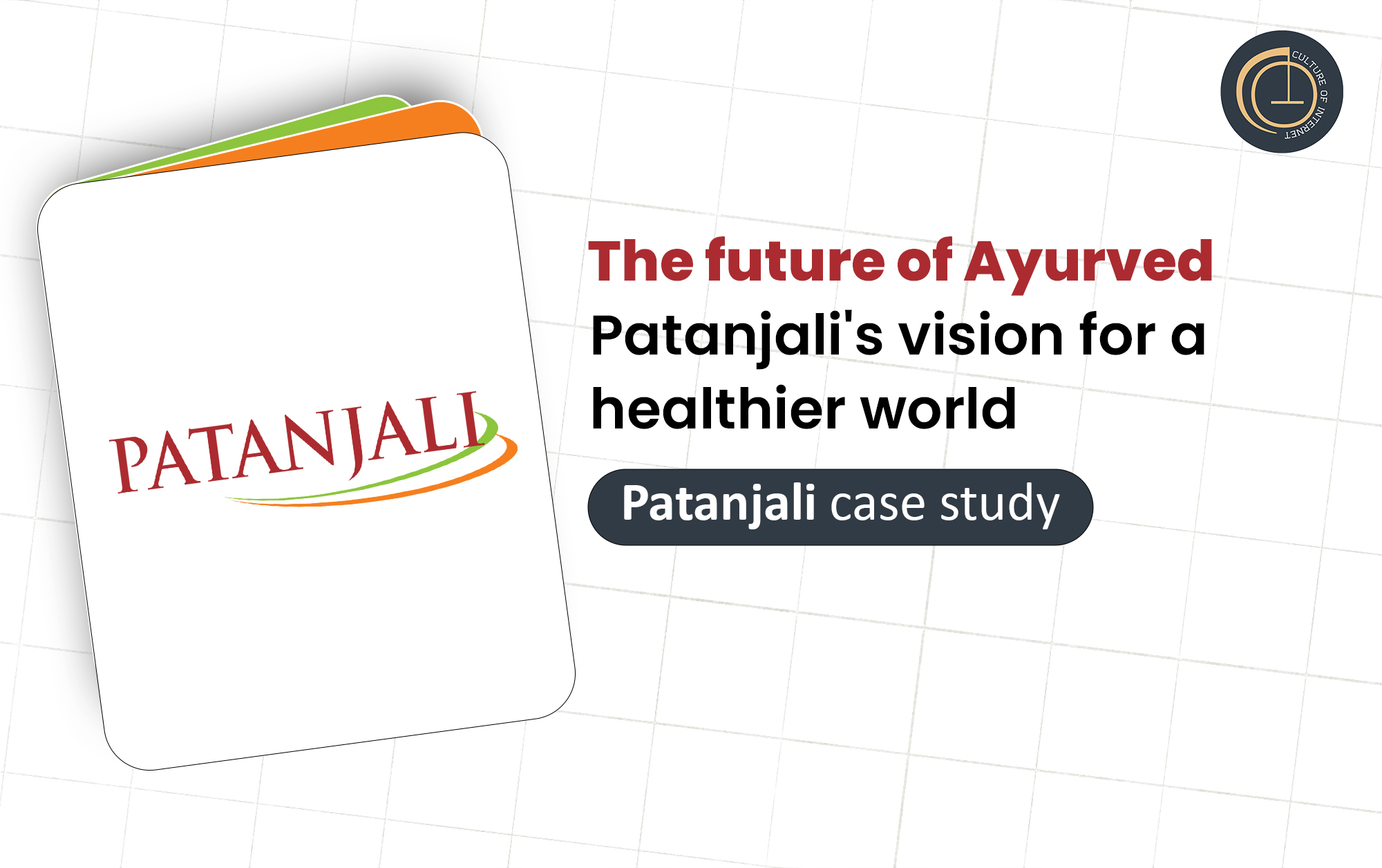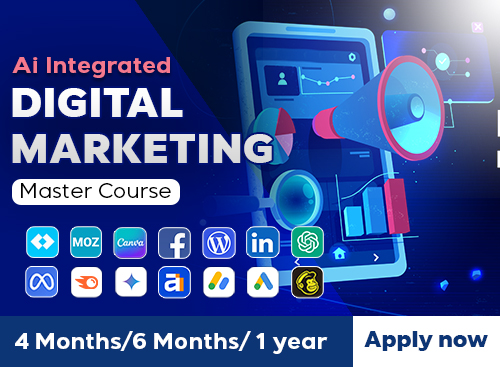Patanjali: Company Overview
Let’s take a deep dive into the story of Patanjali Ayurved, tracing its humble beginnings, explosive growth, unique strategies and challenges.
The Origin Story:
Patanjali Ayurved Limited was established in 2006 by Baba Ramdev, a well-known yoga guru, and Acharya Balkrishna, an Ayurvedic practitioner and scholar. But its seeds were sown much earlier in the 1990s, when Baba Ramdev began gaining fame through telecast yoga programs across India.
Began as a mission to popularize yoga and Ayurveda soon evolved into a full-fledged enterprise. The idea was simple: “ bring Ayurveda to every household—not as a luxury but as a necessity.”
The Visionaries Behind Patanjali:
Baba Ramdev: The charismatic face of the brand. He never took any official role in the company but remained its spiritual leader and brand ambassador. His mass appeal and patriotic tone resonated with millions.
Baba Ramdev: The charismatic face of the brand. He never took any official role in the company but remained its spiritual leader and brand ambassador. His mass appeal and patriotic tone resonated with millions.
Patanjali’s Core USP (Unique Selling Point)
-
Swadeshi Appeal: Promoted as a nationalist brand committed to making India self-reliant.
-
Ayurvedic Base: All products claim to be based on natural and Ayurvedic formulations.
-
Affordable Pricing: Significantly undercutting prices of MNC competitors.
-
Trust Factor: Leveraged Baba Ramdev’s image and credibility.
Growth Timeline: From Roots to Recognition:
Patanjali Ayurved Ltd. was incorporated.
Introduced a line of Ayurvedic personal care and food products.
Established large manufacturing units in Haridwar and began distributing through its own outlets and franchises.
Entered mainstream FMCG warzone, taking on companies like Colgate, HUL, Nestle, and Dabur. Sales skyrocketed.
Diversified into apparel (Paridhan), dairy, and e-commerce.
Expanded reach with acquisitions and entered nutraceuticals, organic foods, and the digital health sector.
Achievements and Recognition:
Patanjali became the fastest-growing FMCG brand in India between 2014–2018.
Acharya Balkrishna was ranked among India’s richest businessmen . In 2017, Patanjali had over ₹10,000 crore in revenue, ahead of many legacy brands.
It was ranked among the top 10 most trusted Indian brands by Brand Trust Report.
Business Statistics and Graph:
| Year | Revenue (€B) |
|---|---|
| 2012 | 446 cr |
| 2014 | 2,006 cr |
| 2016 | 5,000 cr |
| 2017 | 10,561 cr |
| 2019 | 8,329 cr |
| 2021 | 9,022 cr |
| 2023 | 11,000+ cr |
The Power of Network:
Patanjali's sales network is one of its biggest assets:
-
45+ distribution centers
-
5,000+ distributors
-
2 lakh+ retail outlets
-
Patanjali Chikitsalaya: 3,000+ Ayurvedic medical centers
-
Arogya Kendras: Health-focused wellness stores
Diversification and Expansion:
Patanjali didn't just stick to Ayurvedic toothpaste and face wash. It also produce :-
-
Food Products: Ghee, honey, atta, biscuits, instant noodles.
-
Healthcare: Ayurvedic medicines and supplements.
-
Personal Care: Shampoo, face wash, body lotion.
-
Natural Cosmetics: Herbal kajal, lip balm, etc.
-
Dairy: Entered milk and paneer segments.
-
Farming: Promoting organic and chemical-free agriculture.
Strategic Acquisitions:
To strengthen its infrastructure, Patanjali made major acquisitions:
-
Ruchi Soya (2019): Acquired for ₹4,000 crore via an insolvency process. One of India’s top edible oil companies. Rebranded as Patanjali Foods Ltd.
-
Neuveda: A nutraceutical firm for expanding wellness products.
-
Palm Oil Plants & Plantation Interests in India and abroad to support its edible oil business.
Collaborations and Integrations:
Patanjali has collaborated with:
-
BSNL for (Swadeshi SIM cards)
-
E-commerce platforms like Amazon, Flipkart, and BigBasket to reach urban consumers.
-
Government partnerships for promoting organic farming, camps related to well ness and traditional medicine (ayurvedic medicines) .
Marketing Strategy: A Different Game:
Unlike competitors spending crores on celebrity, Patanjali adopted:
Emotional Branding
-
Slogans like "Prakriti ka Ashirwad" (Blessings of Nature).
-
Focused on patriotism, Ayurveda, and anti-MNC sentiment.
Trust Marketing
-
Leveraged Baba Ramdev’s public image.
-
Telecast yoga shows doubled as brand promotion platforms.
Aggressive Pricing
-
Products were often 30–40% cheaper than rivals.
-
Played well with rural and lower-middle-class consumers.
Strategic Placement
-
Started with exclusive stores, then scaled to general shops and malls.
-
Ensured shelf space even in Tier-2 and Tier-3 cities.
Digital Presence
-
YouTube yoga videos with brand mentions.
-
Patanjali Ayurved App for online shopping.
Challenges Faced:
-
Product Quality Allegations.
-
Distribution Issues
-
Brand Dilution
-
Legal and Regulatory Scrutiny
Recently (2023–2024), Supreme Court questioned its medicinal claims in health products.
How Patanjali Became Big: Process Overview:
-
Spiritual Authority : Baba Ramdev's following gave instant attention.
-
Mass Targeting : Product pricing and availability suited the common man.
-
Indian Values : Capitalized on cultural pride, Ayurveda, and nationalism.
-
Volume Game : Reduced margins but gained loyalty through sheer scale.
Patanjali's Digital and Social Media Strategy:
YouTube Marketing:
Baba Ramdev’s yoga videos promote products of patanjali.Informational content to educate consumers on Ayurveda.
Patanjali E- Commerce website :
Dedicated online portal for 300+ products. Patanjali OrderMe App for home delivery and consultations.
Current Position and Future Vision :
As of 2024–25, Patanjali Ayurved and Patanjali Foods Ltd. combined are worth over ₹45,000 crore. With over 50,000 employees, the company envisions:
-
Becoming the largest Ayurvedic and herbal company in the world.
-
Promoting Swadeshi agriculture through contract farming.
-
Expanding in the pharmaceutical and nutraceutical sectors.
-
Entering the international markets with a stronger brand presence.
Conclusion:
Patanjali Ayurved’s story is unlike any other. It’s not just about selling toothpaste or flour; it’s about changing the mindset of a nation. It stood at the crossroads of tradition and modernity and decided not to choose—but to combine both.
Its future will depend on how well it balances credibility with growth, quality with quantity, and vision with execution—but if history is any indication, Patanjali is here to stay.
Explore Our Comprehensive Marketing Strategy Course
Join our in-depth course to master Patanjali India's marketing strategies, learn from expert case studies, and gain actionable insights to apply in your own business or career.









